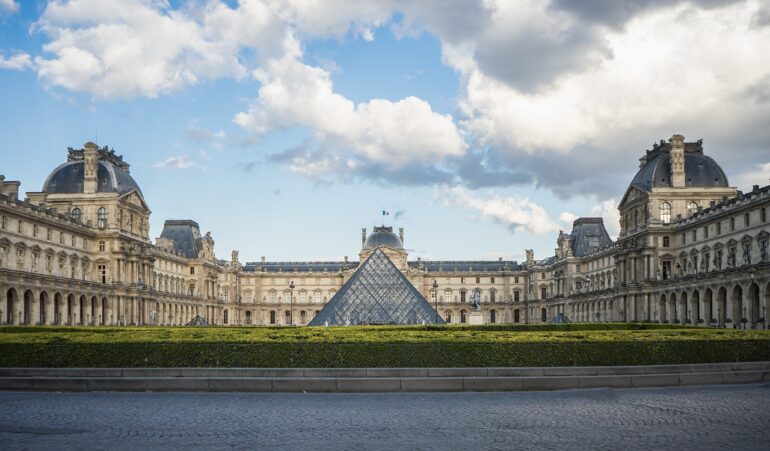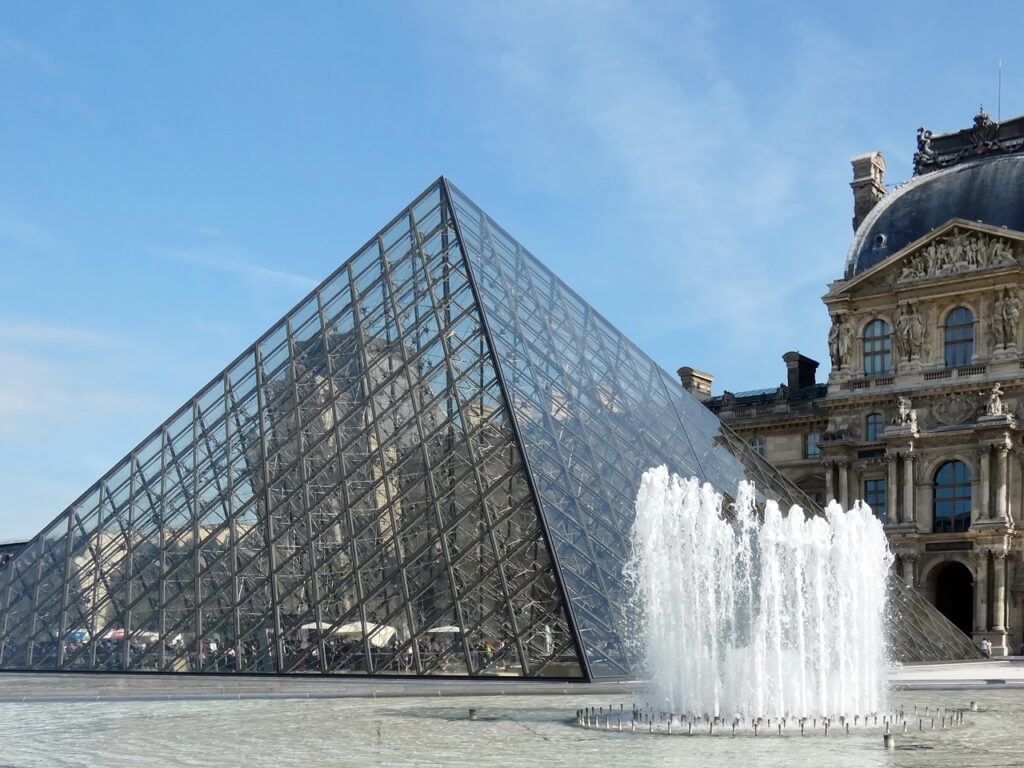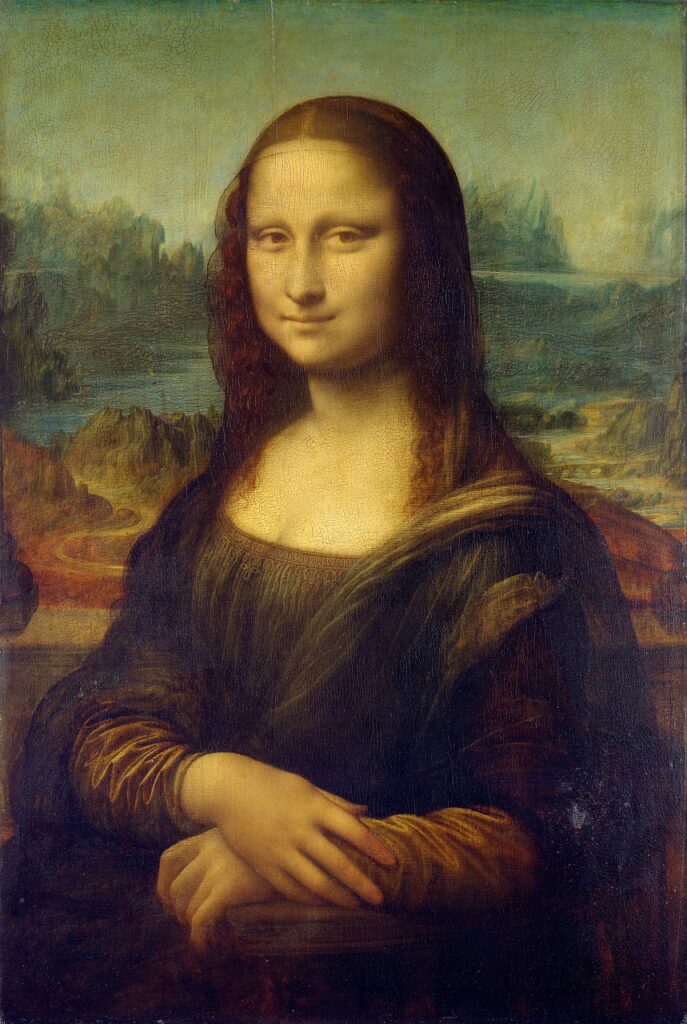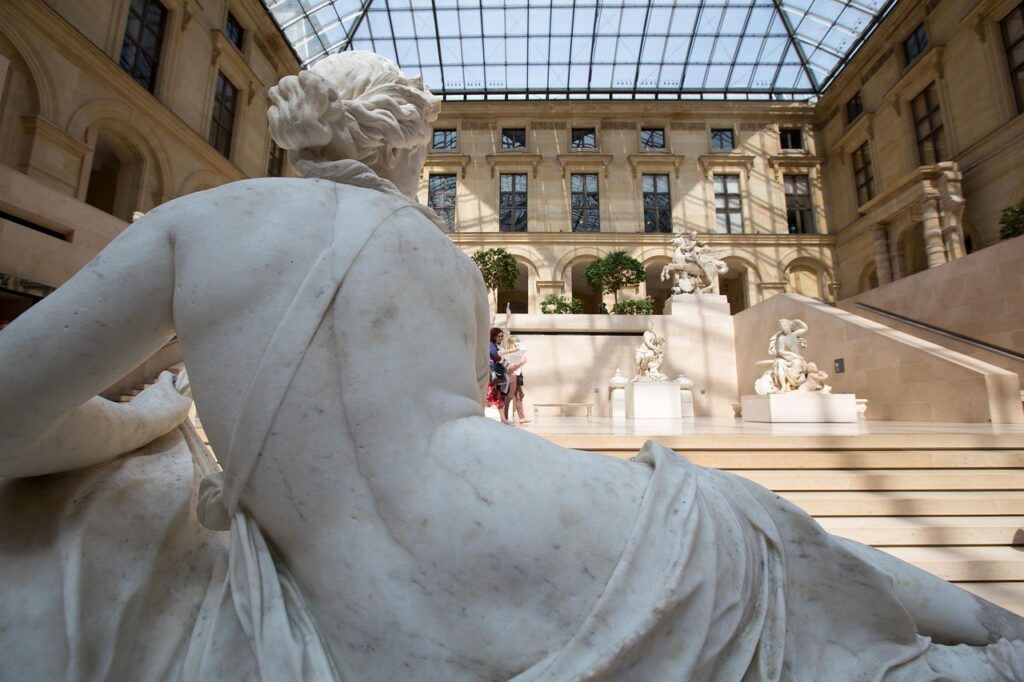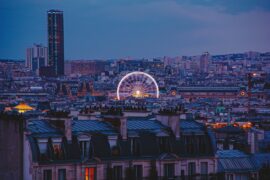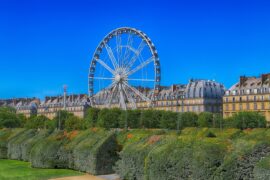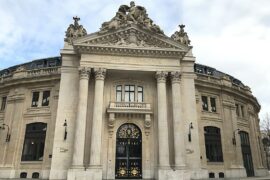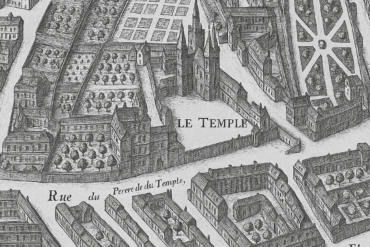What is the Louvre in Paris?
The Louvre in Paris is much more than just a museum; it is a true institution rooted in the world’s cultural heritage. Located in the heart of the French capital, it is the largest museum in the world in terms of surface area and houses one of the most impressive art collections ever assembled. Whether you are an art enthusiast or simply curious, the Louvre is an essential stop during your visit to Paris.
Since its inauguration as a museum in 1793, the Louvre has welcomed millions of visitors from all over the world who come to admire its treasures. It holds priceless works spanning several millennia, from Antiquity to the 19th century. The museum stands out for the diversity of its collections, making it a must-visit destination for history, art, and culture lovers.
Beyond its permanent collections, the Louvre also offers an exceptional architectural setting. The glass pyramid, designed by architect Ieoh Ming Pei, has become an iconic image of the modern Louvre, harmoniously contrasting with the historic palace building. Together, these elements make the Louvre a unique place where past and present meet.
The History of the Louvre: From Its Origins to Today
The history of the Louvre begins in the 12th century, when it was originally a fortress built by King Philip Augustus to protect Paris from invasions. Over the centuries, the Louvre underwent numerous transformations to become the magnificent royal palace of the kings of France. Each monarch left his mark, adding new wings and diverse architectural features.
It was under the reign of Louis XIV that the Louvre experienced a major turning point. The Sun King eventually left the palace to settle in Versailles, leaving the Louvre to the artists and academies who would soon contribute to the museum’s renown. In 1793, during the French Revolution, the Louvre officially opened its doors as a public museum, offering free access to the royal collections for the first time.
Since then, the Louvre has continued to expand and modernize. New wings have been added, and the glass pyramid, inaugurated in 1989, redefined the museum’s main entrance. Today, the Louvre keeps evolving, hosting temporary exhibitions and cultural events that attract visitors from all over the world.
The Louvre’s Iconic Works
The Louvre is famous for housing some of the world’s most iconic works of art. Among them is Leonardo da Vinci’s Mona Lisa, perhaps the most famous painting in history. Its mysterious expression and captivating gaze draw millions of visitors every year who come to marvel at it.
Another must-see masterpiece is the Winged Victory of Samothrace, an ancient Greek sculpture representing the goddess Nike. Majestically perched at the top of a staircase, it seems to soar toward the sky, symbolizing victory and freedom. Its commanding presence and sense of movement make it a centerpiece of the Louvre’s collection.
Finally, no mention of the Louvre’s masterpieces would be complete without the Venus de Milo, an ancient Greek statue that embodies classical beauty. Despite the absence of her arms, this sculpture has captivated viewers’ imaginations with her elegance and timeless grace. These works, among many others, make the Louvre an unforgettable destination for art lovers.
The Different Sections of the Museum: Painting, Sculpture, Antiquities
The Louvre is divided into several sections, each dedicated to a specific type of art. The painting section is one of the largest, covering works from the Renaissance up to the 19th century. It houses masterpieces by great masters such as Raphael, Titian, and Rembrandt, offering an exceptional overview of the evolution of European painting.
The sculpture section is equally impressive, with pieces ranging from classical antiquity to modern works. Visitors can admire majestic creations such as the Sphinx of Tanis and the Code of Hammurabi, which testify to the ingenuity and artistic mastery of ancient civilizations.
Finally, the antiquities section is a true treasure for history enthusiasts. It brings together artifacts from Ancient Egypt, Mesopotamia, and Ancient Greece. Among the most fascinating pieces are relics of Egyptian pharaohs and Assyrian bas-reliefs, offering a captivating glimpse into the cultures that shaped our world.
How to Visit the Louvre: Practical Tips
Visiting the Louvre can be an enriching experience, but it is essential to be well prepared. First of all, it is recommended to purchase your tickets in advance to avoid long lines. The museum also offers guided tours that can help you better understand the artworks and their historical context.
To make the most of your visit, it is wise to plan your itinerary ahead of time. With so much to see, it can be easy to feel overwhelmed. Focus on the sections that interest you most, and don’t hesitate to return several times to explore the museum at your own pace.
Finally, don’t forget to wear comfortable shoes, as the Louvre is vast and you will spend a lot of time walking. Also remember to take regular breaks to rest and fully appreciate the experience. The Louvre has several cafés and restaurants where you can relax and enjoy a meal or a refreshing drink.
Temporary Exhibitions at the Louvre
In addition to its permanent collections, the Louvre regularly hosts temporary exhibitions that allow visitors to discover exceptional works of art from around the world. These exhibitions often offer a fresh perspective on specific themes or particular artists, enriching the visitor’s experience.
Temporary exhibitions are often the result of collaborations with other museums and cultural institutions. They allow rare and precious pieces to be displayed that are not always accessible to the public. This provides a unique opportunity to explore lesser-known aspects of art history and culture.
To make sure you don’t miss anything, it is recommended to check the Louvre’s website or inquire at the museum’s information desk. Temporary exhibitions are often very popular, and it may be necessary to book your tickets in advance. Take advantage of these events to enrich your visit and discover new artistic perspectives.
The Louvre and Its Architecture: A Blend of Styles
The architecture of the Louvre is a masterpiece in itself, reflecting centuries of history and a variety of architectural styles. The original palace was built in the Middle Ages, and its early fortifications are still visible in certain parts of the museum, particularly in the underground areas.
Over the centuries, the Louvre was transformed into a magnificent royal palace, with additions from the Renaissance and French classicism. Each period left its mark, creating a harmonious blend of styles that coexist in fascinating ways. The façades and inner courtyards bear witness to this rich and diverse architectural heritage.
The most iconic addition is without a doubt the glass pyramid, inaugurated in 1989. Designed by architect Ieoh Ming Pei, this modern structure proudly stands at the center of the Cour Napoléon, becoming a symbol of the contemporary Louvre. It offers a striking contrast with the historic buildings while blending perfectly into the Parisian urban landscape.
Cultural Events at the Louvre
The Louvre is not only a museum but also a dynamic cultural venue. Throughout the year, it hosts a variety of events that enrich the visitor experience and celebrate artistic diversity. Among these events are concerts, lectures, workshops, and film screenings.
These cultural events are often connected to the museum’s collections or temporary exhibitions, providing additional insight into the artworks. They also allow visitors to explore new art forms and interact with artists and experts from around the world.
Taking part in these events is an excellent way to deepen your knowledge and enrich your visit to the Louvre. Whether you are passionate about art, music, or history, you will certainly find an activity that captivates you. Be sure to check the Louvre’s cultural program to plan your visit around the events that interest you most.
The Role of the Louvre in Paris Tourism
The Louvre in Paris plays a central role in the city’s tourism, attracting millions of visitors every year from all around the world. As the largest museum in the world, it is one of Paris’s main tourist attractions, contributing greatly to the cultural and artistic prestige of the French capital.
The Louvre does not only appeal to art enthusiasts; it is also a source of fascination for tourists eager to discover France’s history and heritage. Its location in the heart of Paris makes it an ideal stop for visitors wishing to explore other iconic landmarks of the city, such as the Eiffel Tower, Notre-Dame, and Montmartre.
Beyond its role in tourism, the Louvre also contributes to the local economy by generating revenue for nearby shops, hotels, and restaurants. Its worldwide reputation strengthens Paris’s image as a leading cultural destination, thereby attracting a wide variety of international visitors.
Conclusion: Why the Louvre Is a Must-See
In conclusion, the Louvre in Paris is much more than just a museum; it is a true cultural treasure that deserves to be discovered. Whether you are passionate about art, curious about history, or simply seeking an enriching experience, the Louvre offers countless reasons to visit.
Its priceless collections, unique architecture, and role in Parisian cultural life make it an unmissable destination for anyone visiting the French capital. Each visit to the Louvre is an opportunity to discover something new, explore centuries of history, and admire extraordinary works of art.
To make the most of your visit, don’t forget to plan your itinerary, book your tickets in advance, and take part in the cultural events on offer. The Louvre is a place where past and present meet, offering an unforgettable experience to all who visit. Don’t miss the chance to discover this jewel of world heritage on your next trip to Paris.
Pour aller plus loin :
- https://www.louvre.fr/
- https://fr.wikipedia.org/wiki/Mus%C3%A9e_du_Louvre
- Nuit des musées 2025 au Musée du Louvre à Paris : le programme de cette nocturne gratuite – Sortiraparis.com

